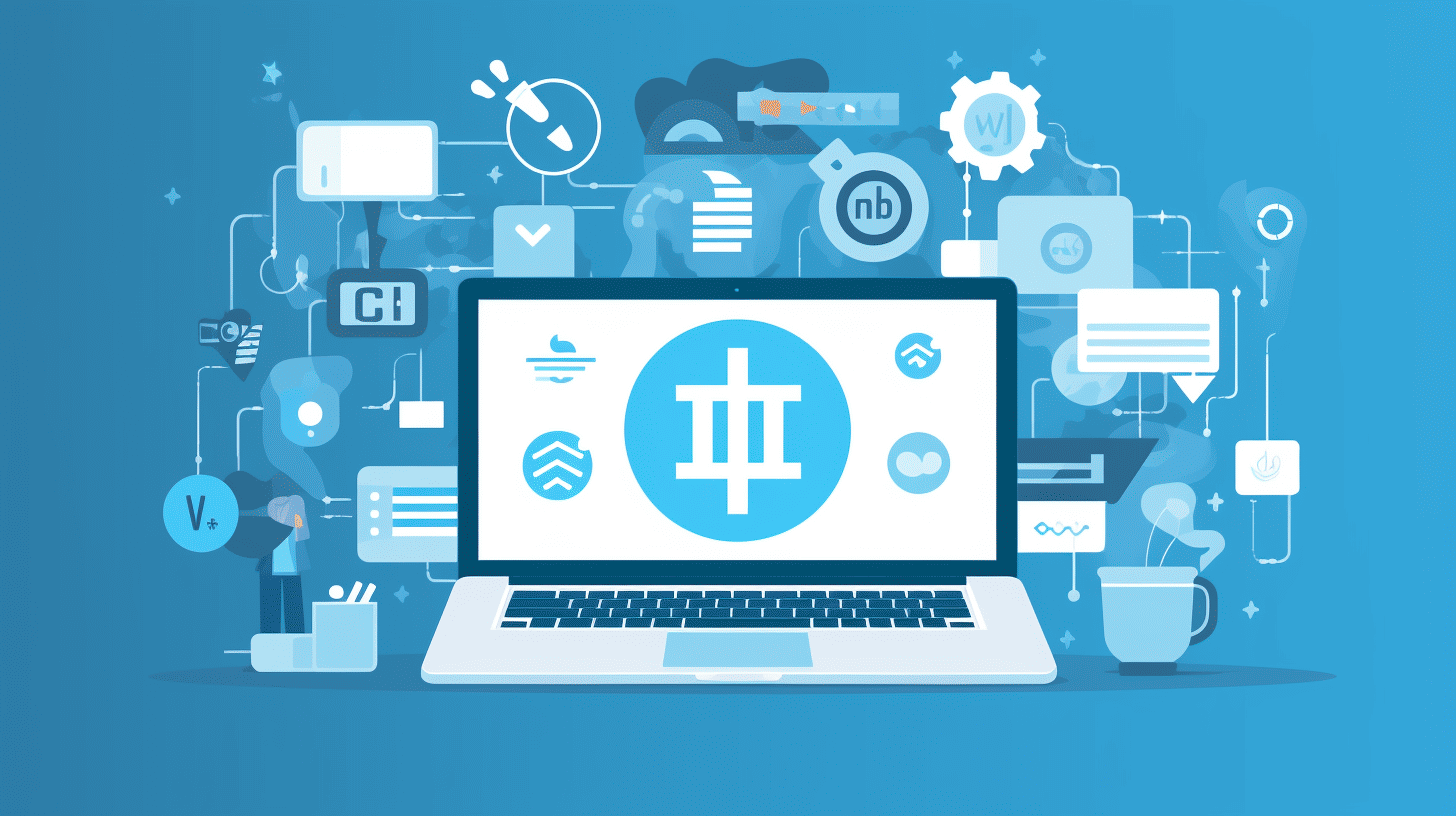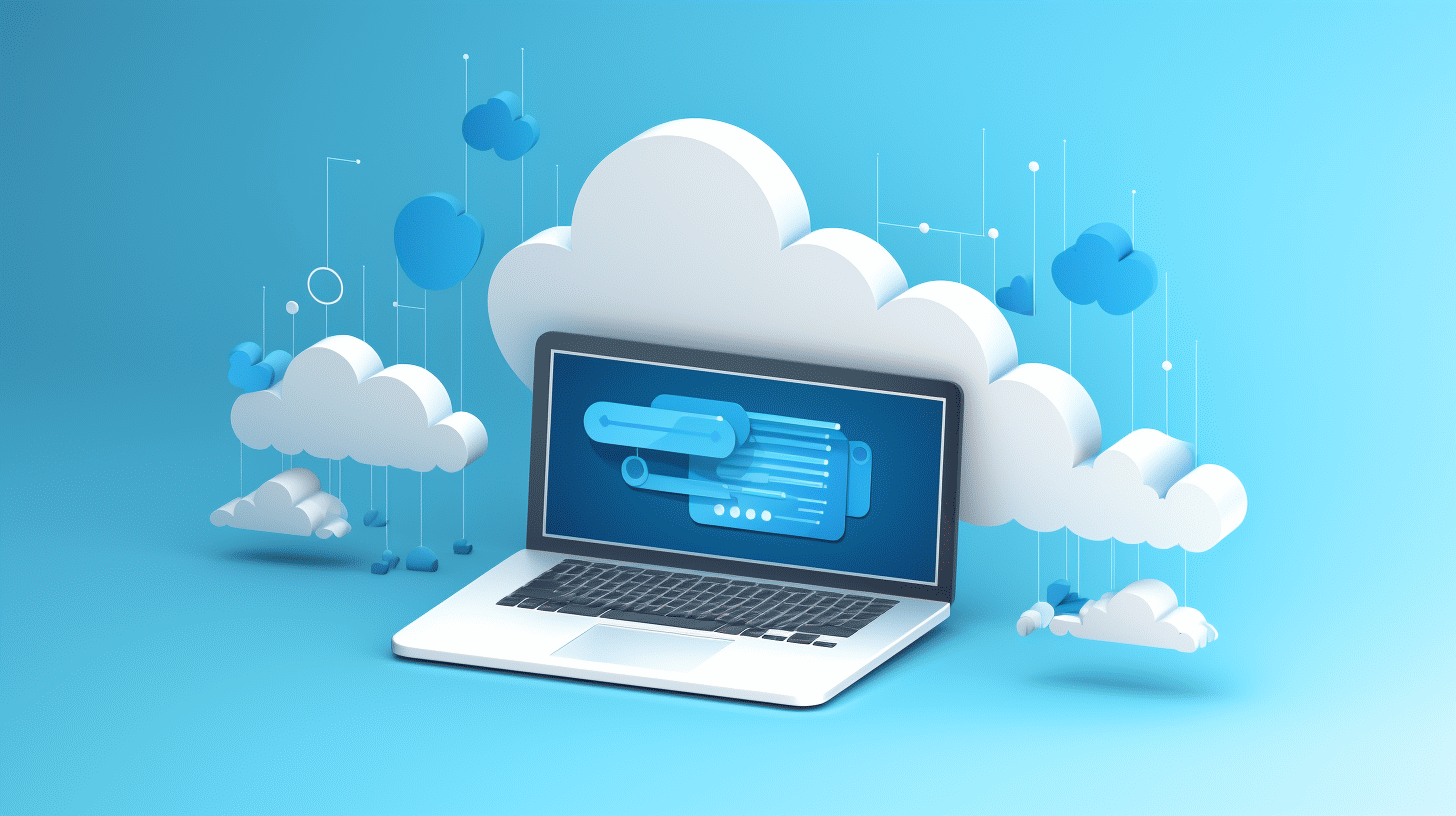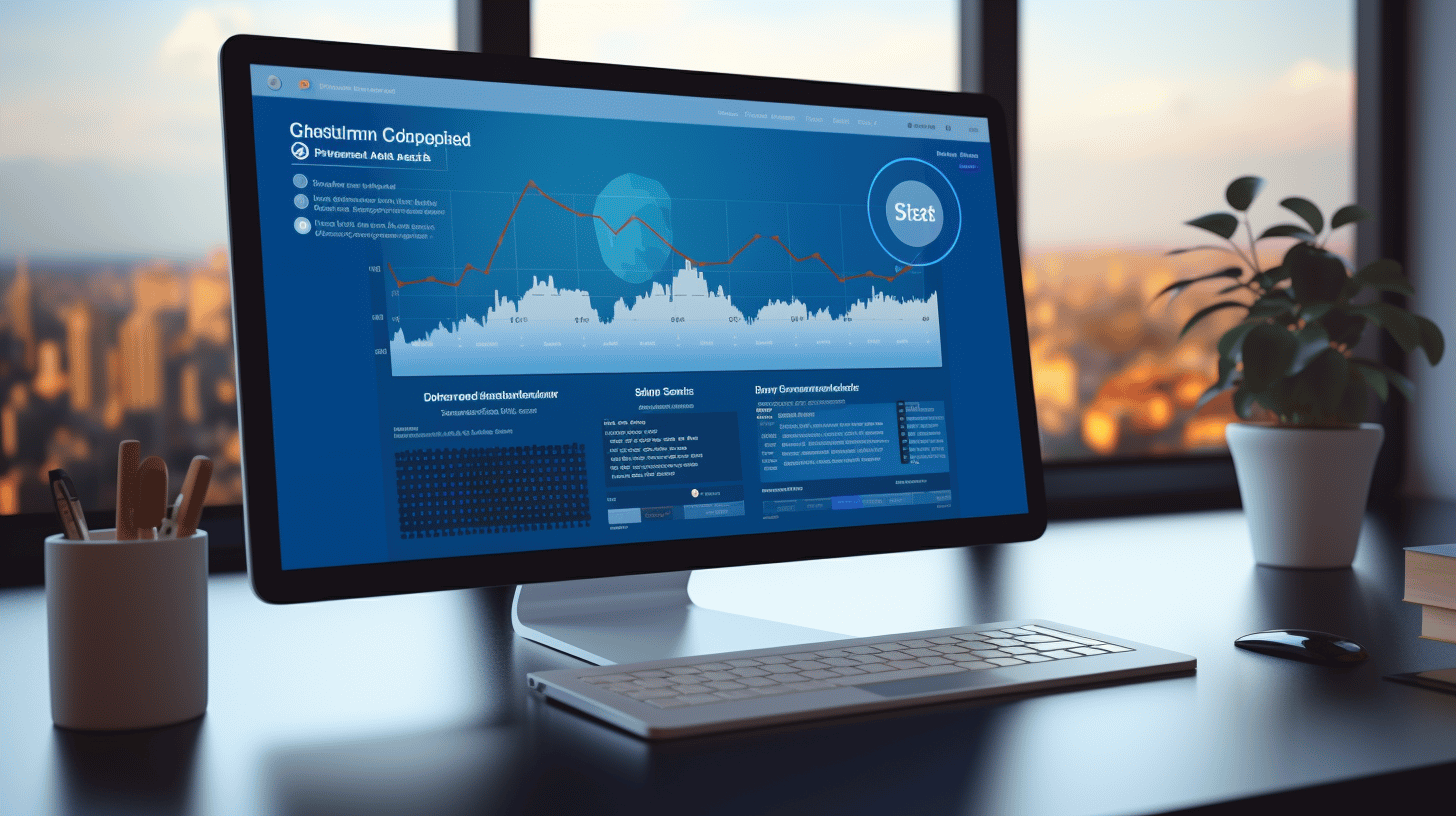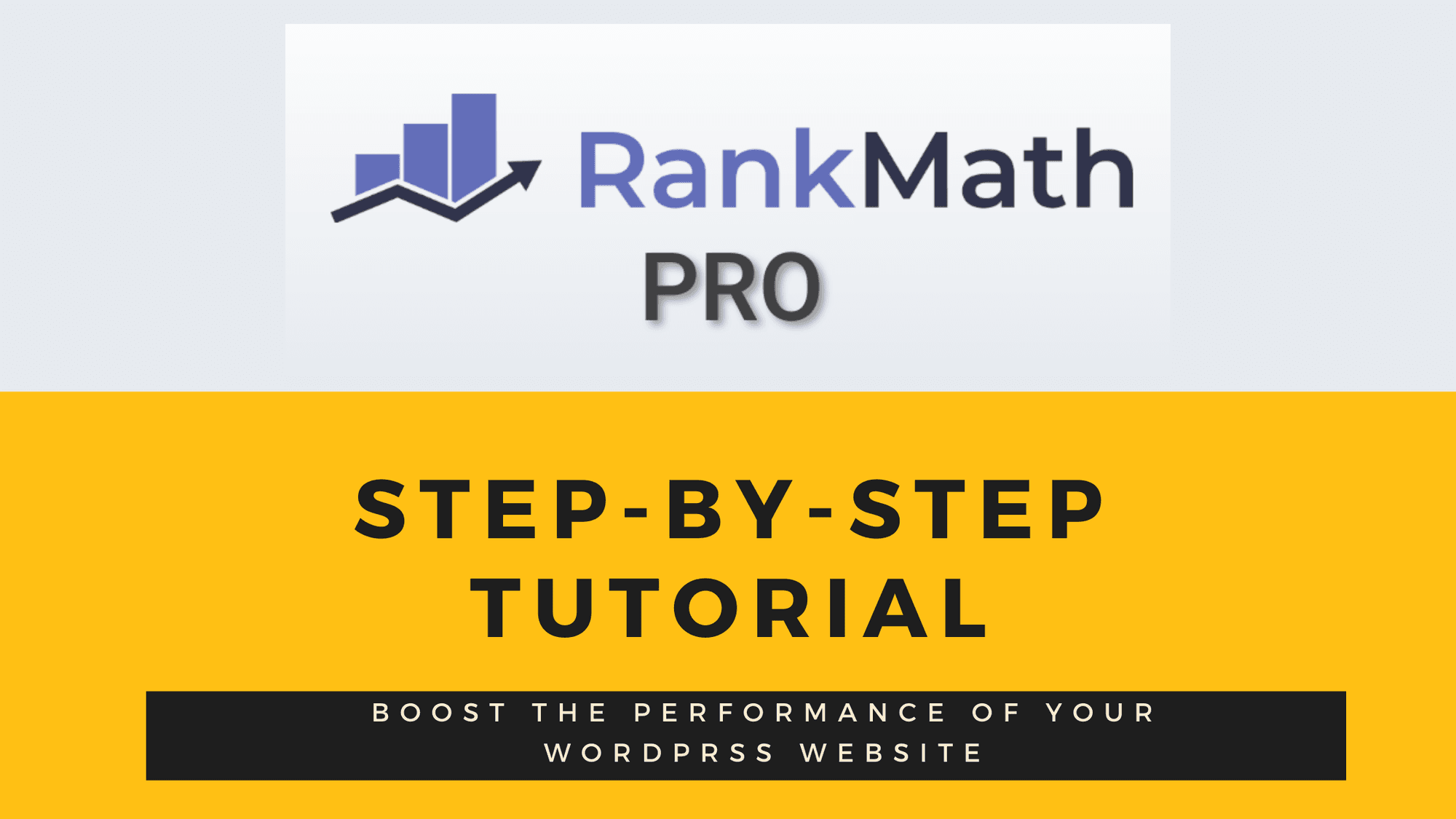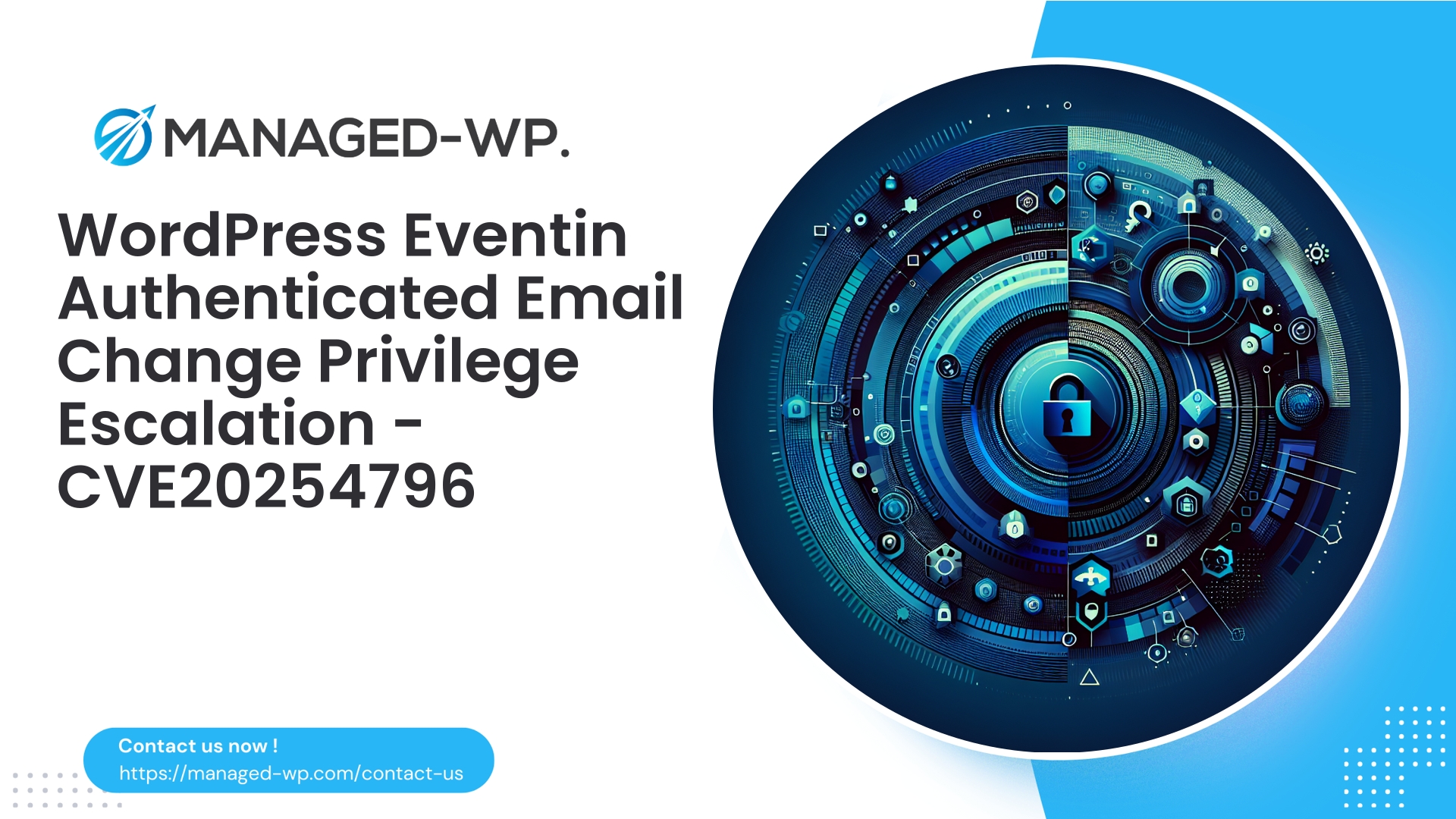| 插件名称 | LWSCache |
|---|---|
| 漏洞类型 | 绕过授权 |
| CVE编号 | CVE-2025-8147 |
| 紧急 | 低的 |
| CVE 发布日期 | 2025-08-28 |
| 源网址 | CVE-2025-8147 |
LWSCache(≤ 2.8.5)访问控制漏洞 (CVE-2025-8147):WordPress 网站所有者必须了解的内容 — 专家分析、风险以及 Managed-WP 如何保护您的网站
对 LWSCache 插件漏洞(版本 ≤ 2.8.5)进行深入的技术分析和可操作的指导,该漏洞允许订阅者通过以下方式调用有限的插件激活功能: lwscache_activatePlugin为网站所有者、开发人员和主机提供商提供重要建议,并介绍 Managed-WP 的安全服务如何提供全面保护。
作者: 托管 WordPress 安全团队
标签: WordPress、漏洞、LWSCache、安全、WAF、加固
概要:LWSCache WordPress 插件(版本最高至 2.8.5,CVE-2025-8147)近期披露的一个访问控制漏洞,允许具有订阅者权限的已认证用户通过以下方式触发有限的插件激活过程:
lwscache_activatePlugin该功能存在漏洞。该漏洞已在 2.9 版本中修复。本报告提供清晰、客观的分析:解释漏洞、评估实际风险、提供检测和缓解策略、指导开发人员进行安全编码实践,并描述 Managed-WP 的托管安全解决方案如何提供虚拟补丁和事件响应。
目录
- 背景:发生了什么
- 技术概述(非剥削性)
- 风险评估和影响
- 潜在攻击场景
- 场地所有者的紧急补救措施
- 检测和监控最佳实践
- 长期加固建议
- 安全插件开发指南
- Managed-WP 的作用:虚拟修补和持续保护
- Managed-WP 免费安全计划入门指南
- 常见问题解答 (FAQ)
- 附录:WP-CLI 和诊断命令
背景:发生了什么
LWSCache WordPress 插件(版本 ≤ 2.8.5)内部存在一个访问控制漏洞。 lwscache_activatePlugin 该漏洞允许已认证但被分配了“订阅者”角色(通常是最低权限级别)的用户在未经授权的情况下触发插件激活例程。为此,供应商在 2.9 版本中发布了更新,修复了这一授权漏洞。
本公告旨在帮助 WordPress 管理员、开发人员和托管服务提供商了解漏洞的性质,评估自身面临的风险,并快速采取有效的补救措施,同时避免泄露漏洞利用的细节。
技术概述(非剥削性)
- 漏洞类型: 访问控制失效/授权绕过
- 受影响的插件: WordPress 的 LWSCache
- 易受攻击的版本: 所有版本,包括 2.8.5 及更早版本。
- 已修复版本: 2.9 及更高版本
- CVE标识符: CVE-2025-8147
- 利用该漏洞需要: 已验证身份且具有订阅者角色的用户
- 根本原因: 激活相关功能中缺少功能检查和 nonce 验证,导致低权限的已认证用户能够以受限范围触发插件激活例程。
澄清: 此处的“有限的插件激活”仅指内部插件激活流程,并非指在 WordPress 中全局激活任何插件的能力。尽管如此,这些流程仍可能影响插件状态,并可能为进一步的滥用行为打开方便之门。
风险评估和影响
从专家的角度来看,实际风险在于一些细微之处:
- 该漏洞的严重程度为中低,原因如下:
- 它需要经过身份验证的用户级访问权限,
- 其直接影响范围有限。
- 许多网站不允许用户公开注册,从而减少了攻击面。但如果启用用户注册,或者攻击者攻破了订阅用户的账户,风险就会升级。
- 潜在影响包括:
- 未经授权更改插件内部状态
- 激活更多敏感插件代码路径,
- 如果与其他漏洞结合,可能会引发潜在的攻击链。
最终,使用 LWSCache 的 WordPress 网站所有者(尤其是那些开放注册的网站所有者)应该认真对待此事,并立即采取建议的缓解措施。
潜在攻击场景
在不透露漏洞利用细节的情况下,以下是攻击概要:
- 攻击者通过以下方式获取有效的订阅者凭证:
- 利用开放注册政策,
- 社会工程学
- 撞库攻击或账户盗用
- 密码重用攻击。
- 攻击者调用易受攻击的路径(例如,通过 AJAX 调用),从而触发
lwscache_activatePlugin未经授权。 - 该插件执行部分激活过程,可能会以某种方式改变插件状态或设置,这些方式可以与其他漏洞结合使用,从而造成更大的影响。
虽然仅此一项措施可能造成的直接后果有限,但多种攻击手段相结合则可能非常严重。及时更新和采取防护措施至关重要。
场地所有者的紧急补救措施
如果您运行的是搭载 LWSCache 的 WordPress 网站,请立即执行以下步骤:
- 确认插件安装及版本:
- 通过 WordPress 管理后台:插件 → 已安装插件
- 通过 WP-CLI:
wp plugin list --status=active,inactive --format=table - 定位
lwscache及其版本号。
- 如果版本≤2.8.5,请更新插件:
- WP 管理后台:插件 → 将 LWSCache 更新到 2.9 或更高版本。
- WP-CLI:
wp 插件更新 lwscache - 尽早选择安全维护窗口期进行维护。
- 如果无法立即更新:
- 使用服务器级或 WAF 规则限制对易受攻击端点的访问,仅允许管理员用户访问。
- 如果没有其他缓解措施,请暂时停用该插件:
wp 插件停用 lwscache - 停用后测试网站功能,以确保稳定性。
- 加强用户账户和注册流程的安全性:
- 除非必要,否则请禁用公开注册。
- 对新用户强制执行邮箱验证。
- 在注册表单上启用验证码。
- 审核现有订阅用户账户;根据情况移除或提升账户级别。
- 审计插件功能: 验证低权限用户是否无法意外访问管理员功能或端点。
- 为安全起见,请轮换使用凭证:
- 强制对可疑账户重置密码。
- 如有需要,请轮换网站 API 密钥和密钥。
- 检查日志中是否存在涉及 LWSCache 端点的可疑活动。
检测和监控最佳实践
保持警惕,密切监控潜在的利用企图:
- 分析Web服务器日志:
- 查找引用 LWSCache 插件路径或 AJAX 操作的异常 POST/GET 请求。
- 注意来自相同 IP 地址的重复请求或来自已认证用户的可疑有效载荷。
- WordPress日志和活动监控:
- 使能够
WP_DEBUG_LOG捕获潜在的插件错误(wp-content/debug.log). - 使用活动日志插件跟踪与插件激活调用相关的事件。
- 使能够
- WP-CLI 和数据库检查:
- 查看
wp_options对于披露日期附近发生的意外变更或修改。 - 检查文件时间戳是否存在可疑更改。
- 查看
- 审核新用户帐户:
- 查询最近 30-90 天内创建的用户,以检测异常情况(随机用户名/电子邮件)。
- 外部监控:
- 部署正常运行时间和文件完整性监控工具。
- 将安全警报集成到 SIEM 或类似平台中。
长期加固建议
- 最小特权原则: 严格限制用户和角色权限。
- 锁定 AJAX 端点:
- 通过以下方式强制执行能力检查
当前用户可以(). - 使用 nonce 验证每个 AJAX 请求
检查 Ajax 引用者()或者检查管理员引用者().
- 通过以下方式强制执行能力检查
- 角色管理: 避免向订阅者和编辑授予不必要的权限。
- 保持插件和主题更新: 及时移除未使用和不受支持的插件。
- 强身份验证: 推广多因素身份验证(MFA)并强制使用强密码。
- 文件完整性监控: 跟踪核心文件、插件文件和配置文件的更改。
- 暂存环境和分段环境: 在采用类似的安全策略进行生产环境部署之前,先安全地测试插件更新。
- 服务器级保护: 禁用 PHP 执行
wp-content/uploads并加强文件权限(例如,644 个文件,755 个目录)。 - 日志记录和警报: 建立基准线和偏差自动警报系统。
安全插件开发指南
插件开发者应借此机会重申安全编码实践:
- 严格的能力检查:
if ( ! current_user_can( 'activate_plugins' ) ) { wp_die( __( '权限不足' ), 403 ); }仅使用必要的最小功能,并对其进行明确验证。
- Nonnce 验证:
check_admin_referer('my_plugin_action_nonce'); check_ajax_referer('my_plugin_action_nonce', 'security');对于通过 Web 发起或 AJAX 执行的操作,务必验证 nonce。
- 单独的关注点: 避免将管理员级别的功能暴露给公共或未经身份验证的端点;安排后台任务
wp_cron()或者限制它们只能在管理员上下文中使用。 - 限制特权端点: 确保服务器逻辑仅对授权调用者运行。
- 自动化角色测试: 实施单元测试,以验证低权限用户无法触发仅限管理员执行的代码。
- 安全默认设置: 发布插件时,应使用默认设置,避免向不受信任的用户暴露敏感功能。
示例强化型 AJAX 处理程序代码片段:
add_action( 'wp_ajax_my_plugin_do_action', 'my_plugin_do_action' ); function my_plugin_do_action() { // 验证通过 'security' 参数传递的 nonce check_ajax_referer( 'my_plugin_do_action_nonce', 'security' ); if ( ! current_user_can( 'manage_options' ) ) { wp_send_json_error( array( 'message' => '权限不足' ), 403 ); } // 安全继续... wp_send_json_success( array( 'message' => '操作完成' ) ); }
Managed-WP 的作用:虚拟修补和持续保护
Managed-WP 专注于采用多层防护方法来保护 WordPress 网站免受此类漏洞的侵害:
- 通过 WAF 规则进行虚拟补丁: 部署自定义防火墙规则,阻止针对已知易受攻击的插件端点的尝试,从而为安全地应用供应商更新争取关键时间。
- 细粒度访问控制: 将 AJAX 调用和插件端点限制为管理员角色或受信任的 IP 地址,阻止低权限用户访问敏感功能。
- 实时监控和警报: 持续扫描可疑访问模式,并提醒网站所有者注意潜在的攻击企图。
- 自动插件更新(高级套餐): 通过自动更新 LWSCache 等高风险插件来减少补丁延迟。
- 专家级加固和事件支持: 提供指导和实际操作的补救措施,包括对受损场所进行管理式清理。
无论您选择自行管理还是利用托管防火墙服务,将快速修补与虚拟修补相结合,都能形成一种强大的防御策略。
Managed-WP 免费安全计划入门指南
免费保护您的 WordPress 网站 — Managed-WP Basic
我们的基础(免费)方案专为希望获得高效、便捷安全保障的网站所有者而设计,其中包括:
- 托管防火墙和全面的WAF规则覆盖范围
- 无限带宽和流量保护
- 恶意软件扫描和检测
- 针对常见的 WordPress 威胁载体进行防护。
如果您运行 LWSCache 或任何易受攻击的插件,带有虚拟修补功能的 Managed-WP 防火墙可以在您准备更新时显著降低您的风险敞口。
为了增强自动化和支持,我们的标准版和专业版计划包括自动恶意软件清除、IP 黑名单、安全报告、自动虚拟补丁和专家管理的安全服务。
常见问题解答 (FAQ)
问: 我目前使用的是 LWSCache ≤ 2.8.5 版本,但没有允许用户注册。这样安全吗?
一个: 主要风险在于是否存在已验证的订阅者帐户。如果您的网站禁用用户注册并验证不存在任何未经授权的订阅者角色,则风险较低。但是,升级插件仍然是最佳实践。
问: 我可以完全依赖防火墙而不进行更新吗?
一个: 具备虚拟补丁功能的防火墙可以显著降低风险,并为更新计划争取时间,但并不能取代应用厂商提供的补丁。防火墙保护应作为补充手段,切勿替代。
问: 这个插件对我的网站至关重要——更新前如何才能安全地进行测试?
一个: 克隆到测试环境,应用更新,并全面测试功能。如果必须延迟更新,请通过防火墙限制访问权限(仅限管理员访问)来降低风险。
问: 这会对 WordPress 多站点安装产生什么影响?
一个: 多站点环境应紧急处理此问题,因为插件激活流程会影响整个网络。请及时协调更新和维护工作。
问: 作为开发者,我应该避免哪些做法?
一个: 默认情况下,切勿信任任何调用。在执行敏感操作之前,务必验证用户权限和随机数,并避免将特权函数暴露给权限较低或未经身份验证的用户。
附录:WP-CLI 和诊断命令
列出所有插件及其版本:
wp plugin list --format=table
更新 LWSCache 插件:
wp 插件更新 lwscache
如有需要,请停用 LWSCache 插件:
wp 插件停用 lwscache
搜索 Web 服务器访问日志中的 LWSCache 请求(Linux 示例):
grep -i "lwscache" /var/log/nginx/access.log* /var/log/apache2/access.log*
列出最近 90 天内创建的用户(MySQL 查询,根据需要调整前缀):
SELECT ID, user_login, user_email, user_registered FROM wp_users WHERE user_registered > DATE_SUB(NOW(), INTERVAL 90 DAY) ORDER BY user_registered DESC;
查看 WordPress 调试日志中的最新条目(如果已启用):
tail -n 200 wp-content/debug.log
Managed-WP 安全团队的最后想法
WordPress 安全是一个持续的过程。即使是维护良好的插件,漏洞也难以避免——关键在于快速检测、负责任地披露和及时修复。我们的专业建议:
- 立即应用厂商提供的补丁。
- 采用分层防御:监控、最小权限、托管 WAF 规则和虚拟补丁。
- 监控用户注册情况,并删除不必要的低权限帐户。
- 考虑使用托管防火墙服务来减少更新周期和风险敞口。
如果您管理多个网站,或者希望在测试更新时获得应用虚拟补丁方面的专家协助,Managed-WP 团队随时准备为您提供帮助。立即体验我们的免费基础保护服务,感受风险如何快速降低: https://my.wp-firewall.com/buy/wp-firewall-free-plan/
— Managed-WP 安全团队













